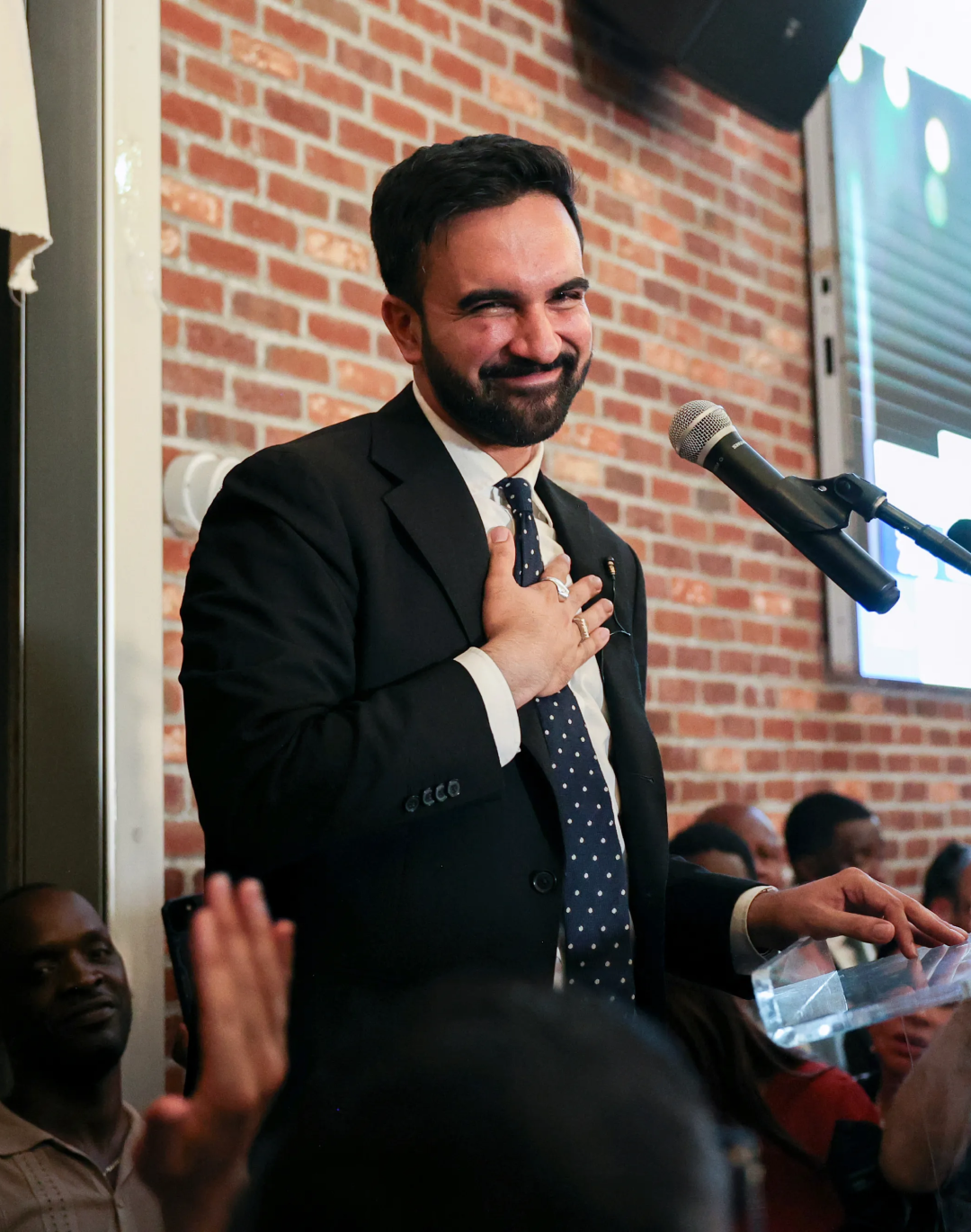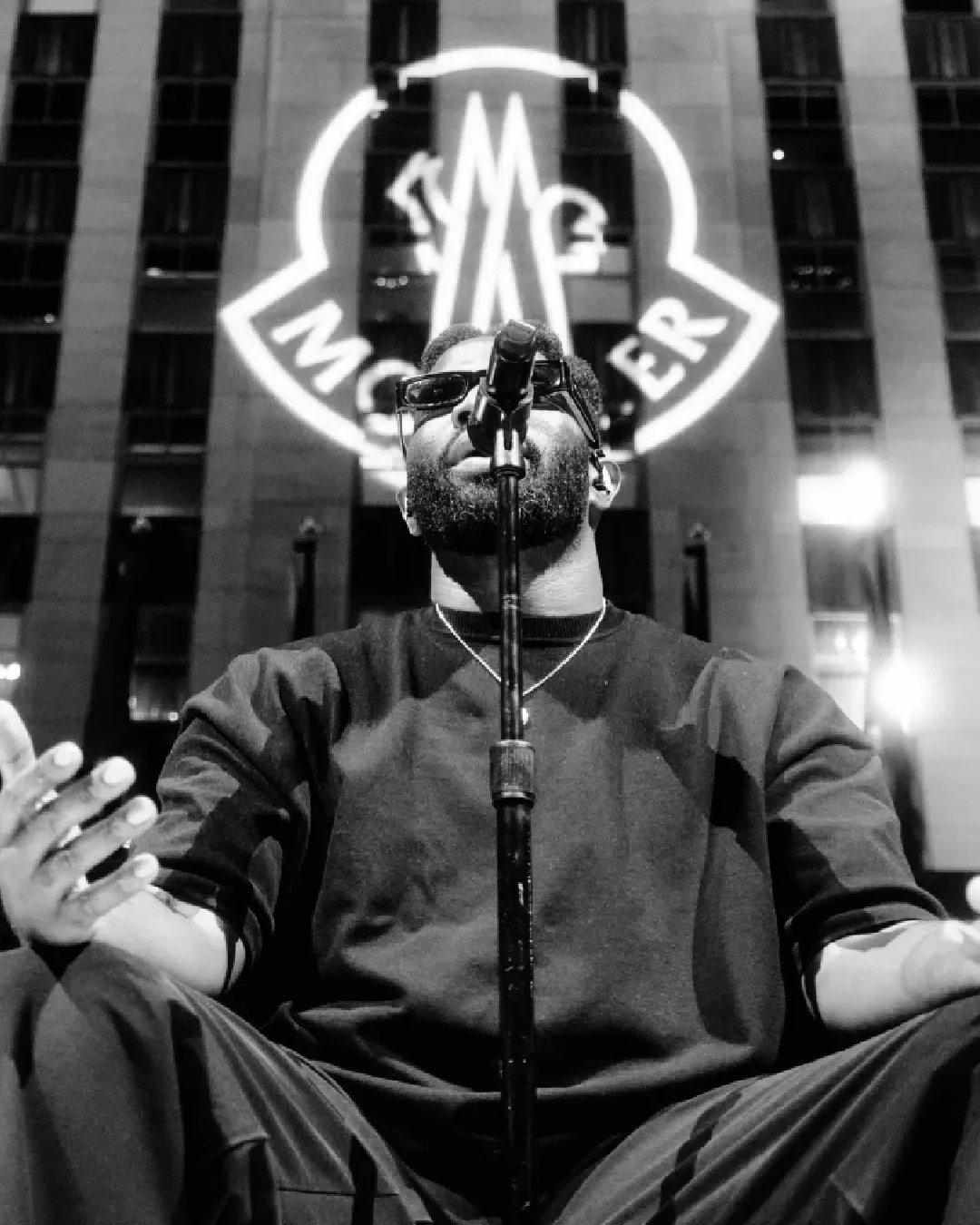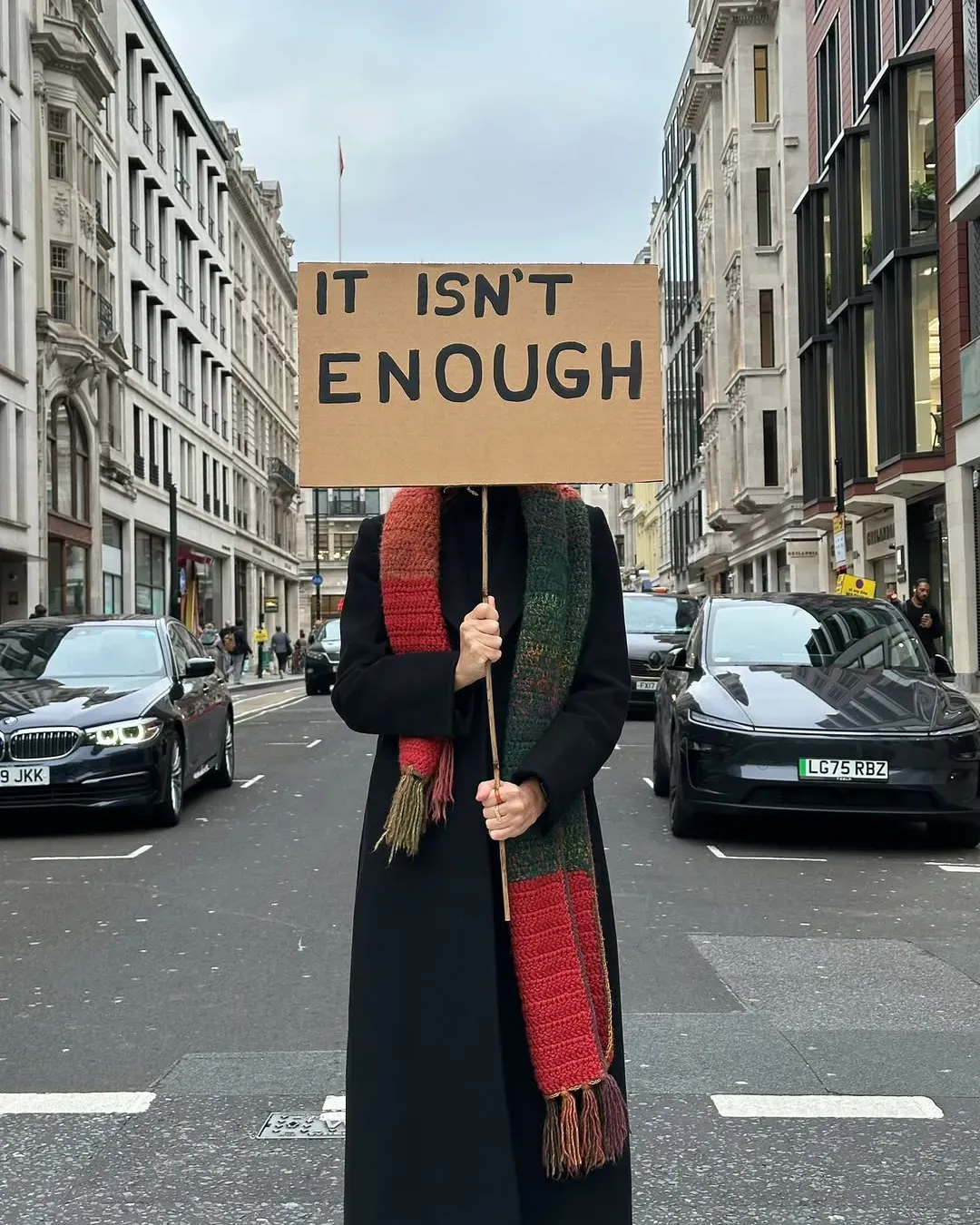
Which film has best immortalised Little Italy in cinema? The intimate history of NY's historic district through two cinematic masterpieces
«When you were raised in Little Italy, what to become, if not a gangster or a priest? Now, I could be neither», Martin Scorsese once said. In the by now iconic opening sequence of Goodfellas, the New York director, accompanied by the unmistakable voice of Tony Bennett, shows us through his eyes the cursus honorum of young Henry Hill (Ray Liotta) whose dream, more than being the President of the United States of America, is to establish himself in the world of organised crime. Although his origins lie in eastern New York, more precisely in the Brooklyn neighbourhood, Hill's first experiences in the Cicero family taxi rank seem to resemble perfectly the first steps in the Big Apple of some other great protagonists of American cinema who, on arriving at Ellis Island, were transported to Mulberry Street, in Little Italy.
As analysed by Jonathan Cavallero, Lecturer in Film and Television History at Bates College, the history of American filmmaking is studded with directors who have been able to construct the multifaceted 'imagined community of Italian America', while at the same time shaping the ways in which individual Italian Americans understand and shape their own ethnic identity. Through this critical methodology, the author demonstrates that, despite different representations of Italian American ethnicity, each director «contributes to our collective understanding of the ways ItalianAmerican ethnicity functions socially, culturally, and historically. The works of these filmmakers have become a pervasive aspect of the cultural discourse not just on ethnicity but also on assimilation, acculturation, immigration, and tolerance». The Corleone family, in the vision of Mario Puzo and Francis Ford Coppola, destroys and overturns the vision of Italo-American culture recounted on the big screen up to 1970, transporting the spectator into the most intimate and private dynamics of a family holding great power overwhelmed by the changing of its progenitor, in which Little Italy becomes the perfect scenario for recounting its social evolutions and contradictions. In fact, if in the first chapter, the evolution of the same neighbourhood is recounted solely through the evolution of the tragic work, it is mainly in the second part that we see its conformation through the arrival in America of Vito Andolini, the first name of Don Vito Corleone.
As in Goodfellas, it is young Vito's eyes that show us a neighbourhood still in the making, a neighbourhood where the American dream has yet to creep in. Small family-run shops, small theatres where small companies hold musical performances as a force for cohesion within the community both linguistically and socio-culturally, and the music composed by Nino Rota that is guided by the linguistic whirlwind of that street accompanied solely by the sound of a mandolin to recall the breath of home, family and cultural identity. Despite the fact that The Godfather helped rewrite the figure of Italian-American culture in the collective imagination, as witnessed by Tom Santopietro's book The Godfather Effect, the director who was most capable of making these two aspects cohabit was undoubtedly Martin Scorsese, not only for having been able to recount the more historiographical aspects linked to the Lower East Side neighbourhood of Manhattan, but above all for having kept faith with its family authenticity, its musicality and its unmistakable style.
Martin Scorsese's MEAN STREETS (1973) pic.twitter.com/MIGV65ceOK
— Criterion Channel (@criterionchannl) July 10, 2023
In a beautiful 1998 article by Rick Lyman, on the New York Times, was illustrated through Scorsese's own anecdotes of his arrival in Little Italy and how it had evolved over time, entering right into his directorial imagination. Growing up initially in Queens, he arrived at the age of eight in Elizabeth Street and what he saw from the fire escape of his grandmother's house was literally a new world, a new reality, at times horrific for young Martin. A perfect depiction of this is Scorsese's first two films (Who's Knocking at My Door and Mean Streets), whose main inspiration he often recalled was to be found in the neighbourhood life of his childhood. «He used to sit on the fire escape or on the roof of his building and watch the crowded streets, where he saw a mix of working-class Americans of Italian descent, street kids and social club-goers, sometimes dressed in brightly coloured tailored suits. They wore shiny shoes, jewellery and other ambitious displays of wealth especially for religious festivals such as the patronal feast of San Gennaro». The same club on which Mean Streets is based, adds the director: «It was the social club that my friends and I created. You know, we wanted to copy the club that other Italians had all over Little Italy. So we put a coffee machine, small tables, a jukebox. Mean Streets was based a little bit on our social club».
@a_man_of_music Lazy Mary. Cover of Paolo Citorello’s 1927 song. #loumonte #lunamezzomare #1958 #music #alttiktok #Baking #Astrology #fypシ #LetsGo #BeKind #NBA Lazy Mary - Lou Monte
The musical choices in his films also reflect his upbringing in the multifaceted context of Little Italy, with its melting pot of sounds that poured through its many streets; thus ranging from opera and operatic music that blended with the emotional state of melancholy at leaving one's homeland, to the musical evolution of the 1960s that conditioned so many second-generation Italian Americans and that in Scorsese's films we find above all in the telling and counterpointing of the end of a certain gangster culture, as demonstrated very well by the use of Frank Sinatra's My Way (the perfect stereotype of the Italian-American) in Sid Vicious's version in the finale of Goodfellas. Having so strongly defined a social status through a perfect cinematic vision, has over time created real stylistic features in the representation of Italian-Americanity and Little Italy itself in the world. The virality of a song like Luna Mezzo Mare in Lou Monte's version (originally Lazy Mary), which was sung at Conny Corleone's wedding and later became an example of the representation of Italian-ness in multiple videos on TikTok, is full proof of this; as is the creation of real character actors as demonstrated by the presence of 27 actors from Goodfellas in the cast of The Sopranos. Art has forged the legend and historicity of this place that has gone from authenticity to materialism. Little Italy has rightfully entered the iconicity of cultural and cinematic thought.















































